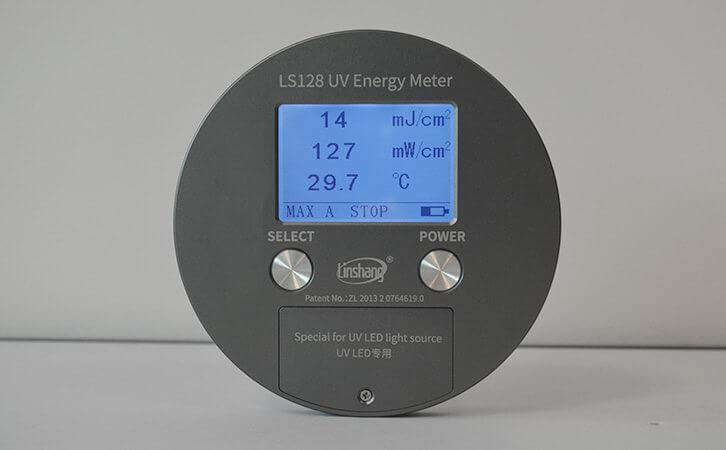How to Confirm UV Ink Curing Parameters by UV Integrator
In the curing of UV inks, various problems are often encountered. Some UV inks have a hard yellow surface on the surface of the ink film after curing, and are easily embrittled. Some even have the ink not condensed after the curing machine is stopped. These problems are related to the curing duration and intensity of the UV lamp. Therefore, the curing process parameters of UV inks need to be strictly controlled. This article will introduce the use of UV ink UV Integrator and how to use UV Integrator to confirm the curing process parameters of UV ink.
1. Why do you want to control the curing of UV inks?
The UV ink is cured in the printing equipment, but if the ink is irradiated by high-intensity ultraviolet rays or the UV curing time is too long, it is commonly called excessive curing, and the ink film is hard, yellow, and easy to embrittle. If there is insufficient curing, the ink will not condense after shutdown. In addition, the composition of each ink is different so that the UV intensity and curing time required under the same conditions are different. Therefore, the UV Integrator plays a powerful role in the UV ink curing process.
2. UV ink UV Integrator
The UV Integrator measures the intensity, energy and temperature of the UV lamp. It also displays the test duration and derives the power and temperature profiles. Through the UV Integrator test, we can control the intensity of the curing lamp and the UV energy value that can be absorbed by the UV ink in a certain period of time, to avoid excessive curing or insufficient curing, and to reduce the hard yellowing or non-condensing of the ink film.
3. How to confirm the UV ink curing process parameters?
To confirm the UV ink curing process parameters, we can first print and cure the ink at the lowest speed allowed by the substrate. After the ink is cured, the degree of curing of the UV ink is artificially judged from the state of the ink film. If the ink is still not condensed into a film, the intensity of the curing lamp can be appropriately adjusted or a higher-intensity curing lamp can be replaced; if the ink has been fully cured, you can increase the conveyor speed to see if it can be cured in a shorter time and improve the curing efficiency.
After repeated trials, we can confirm the conveyor belt speed and curing lamp intensity data required for a set of UV inks to cure. Next, we can use UV Integrator to detect the UV energy value that UV ink can absorb at this speed and UV lamp intensity. And recorded it.
Due to the aging decay of the UV lamp along with the using time increasing, the UV intensity will gradually weaken. This phenomenon will undoubtedly affect the curing effect of the UV ink. Therefore, we need to periodically use the UV Integrator to test the curing lamp in the printing machine. When the detected UV energy value is lower than the energy value required for curing, we can appropriately slow down the conveyor belt to increase the curing time; if the energy value obtained is much lower than the required value, we can determines the degree of attenuation of the curing lamp or the distribution of the curing light intensity in the printing machine by checking the power curve of the UV integrator. If the degree of attenuation is very high, it is necessary to consider replacing the UV curing light source.
All of the above is some experience sharing on the use of UV Integrators and how to confirm the UV ink curing process parameters. If you have more questions about UV ink curing, please feel free to contact our technical service staff.
- UV Curing Machine and UV Radiometer
- Several UV Curing Lamps and Corresponding UV Energy Meters
- UV Curing Equipment of UV LED Irradiator and UV Energy Detector
- UV Energy Meter for Optical Communication Industry
- Application of UV Energy Meter in PCB Exposure Machine
- Application of UV Light Meter in Water Treatment
